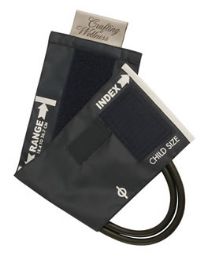
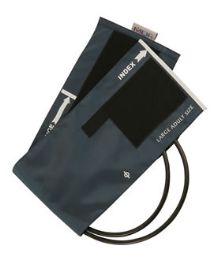
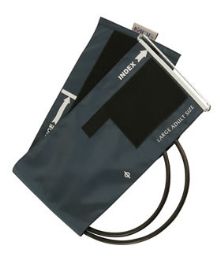
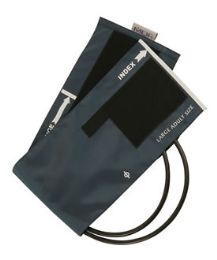
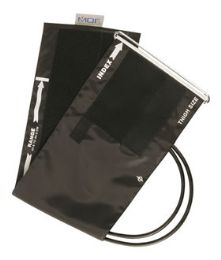
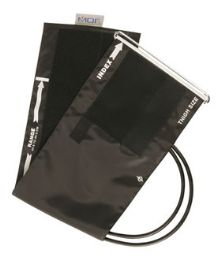



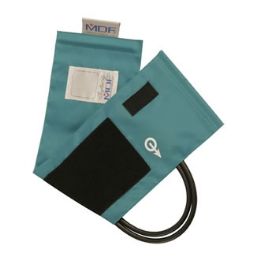
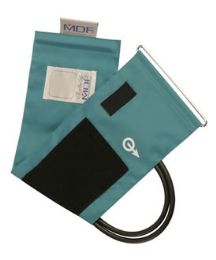
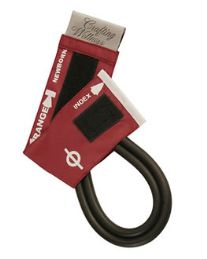
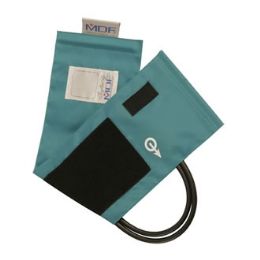
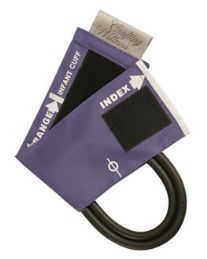
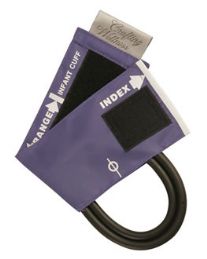
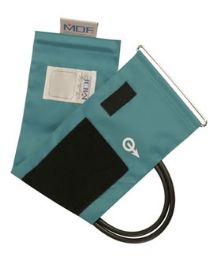
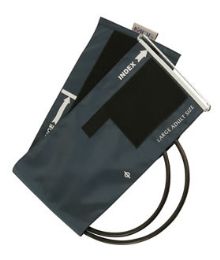
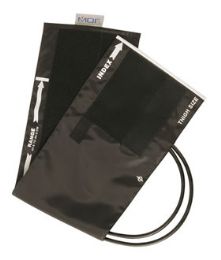
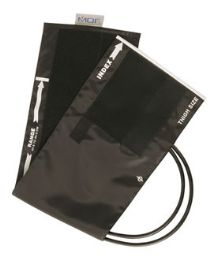
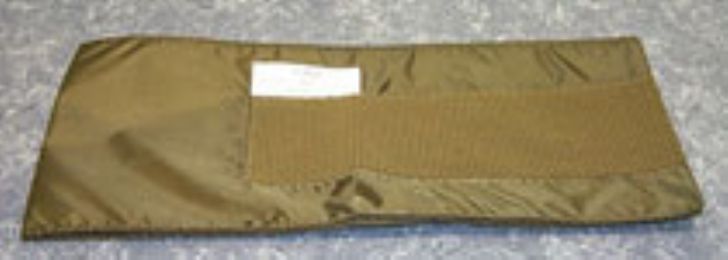
Who Uses Blood Pressure Cuffs?
Anybody who visits a medical facility for a physical exam or is assisted by medical personnel during an emergency will experience having a blood pressure cuff being used to gauge their body’s blood pressure. A blood pressure check can be utilized to evaluate an individual's systolic and diastolic levels all the way from infancy through the entire course of their life. A common medical practice is the recording of the body's “vital signs” which includes determining the patient's pulse rate, respiration, and blood pressure. Screening for hypertension, estimating cardiovascular risk and assessing a person’s health for safely participating in sports or certain occupations are a few reasons to obtain a person’s blood pressure, as well as following a patient's reaction to medications and medical treatments to better tailor these programs for unique requirements. When blood pressure is too high or too low, either extreme becomes a concern due to the fact that it can show an acute medical issue is present, or the situation has the potential to develop into a long-term medical deterioration.
What are the Benefits in Using Blood Pressure Cuffs and What do these Test Results Mean for Me?
Knowing your own blood pressure is a valuable indicator of cardiovascular health, and using a blood pressure cuff with a sphygmomanometer or an automated oscillometric device offers a simple and noninvasive method in finding out one’s systolic and diastolic levels. The blood pressure cuff design allows the user to wrap the cuff around the arm above the elbow at the level of the heart. The cuff is then inflated, putting pressure on the vessels and arteries, collapsing the arteries and blood vessels. Once fully inflated, the cuff will slowly start to deflate, returning the blood flow in the upper arm, then measuring the “beats” of returning blood against the artery walls.
It is important to be aware of the size of the cuff because an improperly fitting cuff will give out an inaccurate reading. The blood pressure cuff should cover 80 percent of the upper arm circumference and cover two-thirds of the distance between the shoulder and elbow. A too small-sized cuff will produce a false higher blood pressure reading, a too large-sized cuff will give a false low reading.
Once taken, two blood pressure numbers are recorded, the “upper” number, the systolic blood pressure, and the “bottom” number, the diastolic blood pressure. Reflecting the high and low points of the circulatory cycle, a normal blood pressure reading is generally 120/80. There is individual flexibility within the range, with athletes and children tending to have a lower blood pressure than normal. High blood pressure, also known as hypertension, can be a cause for concern, possibly leading to further medical problems. Diabetes and kidney problems often go hand in hand with high blood pressure, and this hypertension can also cause strokes, heart attacks, renal insufficiency and premature death. Simple and inexpensive blood pressure monitoring can be a valuable resource in achieving and maintaining good cardiovascular health, helping to detect a possible health imbalance before it becomes a much more serious, intense and expensive medical problem.
Rehabmart proudly offers both arm or thigh blood pressure cuffs supplied by MDF Instruments, North Coast Medical, and Pedia Pals.
Written by Hulet Smith, OT and Bill Stock